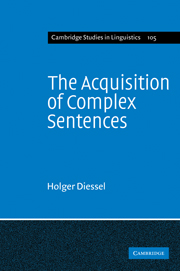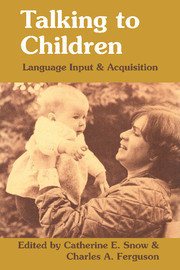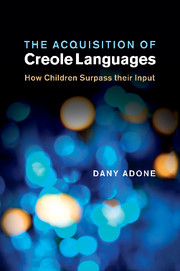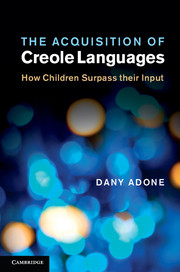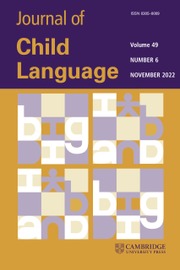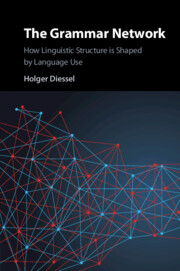The Acquisition of Complex Sentences
This comprehensive account of how children acquire complex sentences investigates spontaneous speech in English-speaking children between ages two and five. After examining the acquisition of numerous types of clauses, Holger Diessel argues that the acquisition process is determined by a variety of factors: the frequency of the various complex sentences in the language, the complexity of the emerging constructions, the communicative functions of complex sentences, and the child's social-cognitive development.
- The first ever comprehensive study of how children acquire complex sentences
- Based on observation of five English-speaking children between the ages of 2 and 5
- Looks at the acquisition of a broad range of different constructions, such as complement clauses, relative clauses, adverbials and co-ordinates
Product details
April 2009Paperback
9780521107488
244 pages
229 × 152 × 14 mm
0.39kg
12 b/w illus. 72 tables
Available
Table of Contents
- 1. Introduction
- 2. A dynamic network model of grammatical constructions
- 3. Towards a definition of complex sentences and subordinate clauses
- 4. Infinitival and participial complement constructions
- 5. Complement clauses
- 6. Relative clauses
- 7. Adverbial and co-ordinate clauses
- 8. Conclusion.

